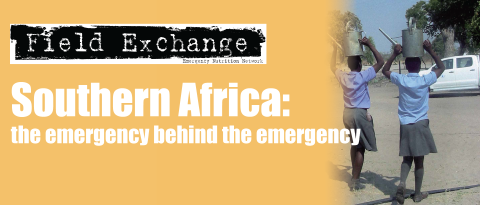Minimising the risks of artificial feeding in emergencies
The Operational Guidance on Infant and Young Child Feeding in Emergencies (V 2.0) specifically deals with handling breastmilk substitutes (BMS) in emergencies, including donations. Some key points include:
6.1 Targeting and use, procurement, management, and distribution of BMS, milk products, bottles and teats should be strictly controlled, based on technical advice, and comply with the International Code and all relevant World Health Assembly (WHA) Resolutions.
6.2.1 Infant formula should only be targeted to infants requiring it, as determined from assessment by a qualified health or nutrition worker trained in breastfeeding and infant feeding issues. Example criteria are included in the Operational Guidance.
6.2.3 Distribution of infant formula to an individual caregiver should always be linked to education, oneto- one demonstrations and practical training about safe preparation, and to follow-up at the distribution site and at home by skilled health workers. Follow-up should include regular monitoring of infant weight at the time of distribution (no less than twice a month).
6.3.5 For those targeted infants requiring infant formula, supply should be continued for as long as the infants concerned need it (until breastfeeding is reestablished or until at least 6 months and a maximum of 12 months of age1).
6.4.1 BMS, milk products, bottles and teats should never be part of a general or blanket distribution. Dried milk products should be distributed only when pre-mixed with a milled staple food and should not be given as a single commodity.
Source: Operational Guidance on Infant and Young Child Feeding in Emergencies for Emergency Relief Staff and Programme Managers. Version 2.0, May 2006. Available to download at www.ennonline.net or in print from the ENN
1For guidance on when infant formula may be used for 6-12 months age-group, see Feeding the non-breastfed child 6-24 months age, p14
Imported from FEX website


